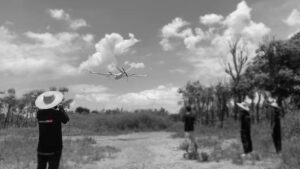
- DJI launched the Mavic 3 – a next-generation content-creation drone.
- The Mavic 3 has a larger sensor (4/3 CMOS) than the Mavic 2 Pro (1-inch CMOS);
- The Mavic 3 has a longer flight time ( 46 minutes) than the Mavic 2 Pro (31 minutes);
- The Mavic 3 has a higher video resolution (5.1K/50fps and 4K/120fps) than the Mavic 2 Pro (4K/30fps);
- The Mavic 3 has a longer transmission distance (up to 15km (FCC) / 12km (CE)) than the Mavic 2 Pro (10km (FCC) and 6km (CE));
The new motto is a sign of what was to expect from this aircraft: A high-quality aerial imaging tool to raise the bar for content creators.
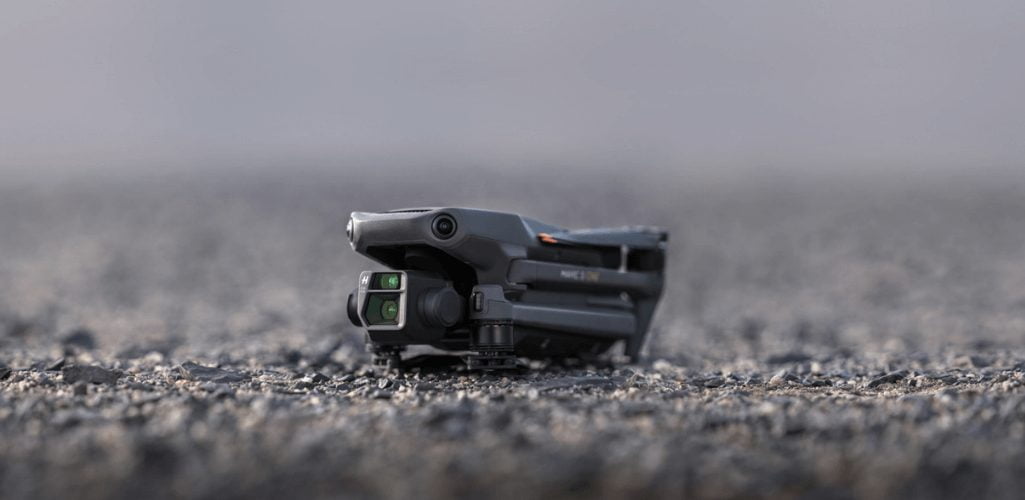
And the specs duly deliver. Highlights include:
- Dual Camera System – autofocus prime lens and tele lens
- 4/3 CMOS Hasselblad Camera
- 5.1K/50fps and 4K/120fps Video, 20MP images
- 46 minutes flight time
- 28x hybrid zoom camera
- New transmission system is the first DJI’s drone that offers High Frame-Rate Transmission with 1080p/60fps live feed
- Enhanced Mavic 3 Cine Premium Combo offers Apple ProRes 422 HQ encoding for richer video processing, an internal 1TB SSD onboard for high-speed data storage, and features the next generation DJI RC Pro Smart Controller.
It’s impressive stuff, and you can find out more in DJI official website. But how does it compare to its predecessor, the Mavic 2 Pro?
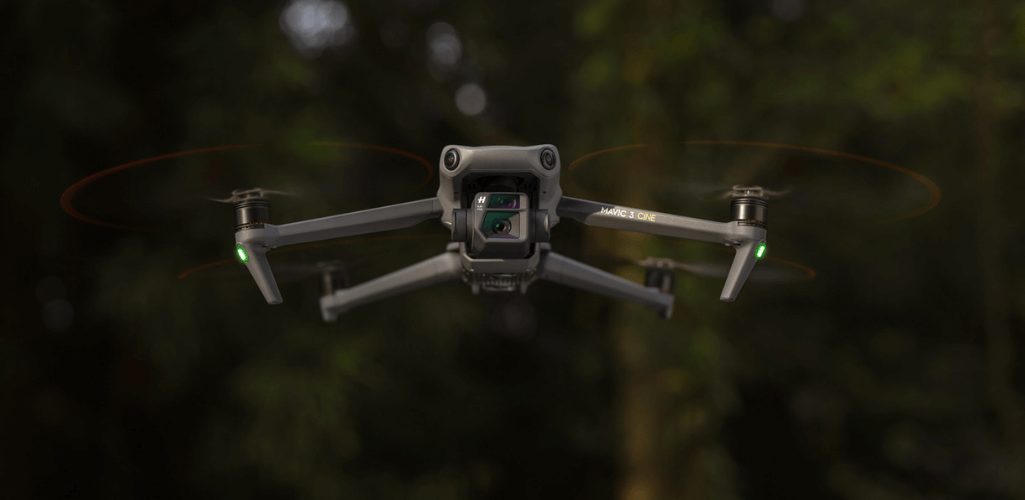
Mavic 3 vs Mavic 2 Pro
Key Specifications At A Glance
Below is an overview of the key specifications between the two.
| Mavic 3 | Mavic 2 Pro | |
| Weight | Mavic 3 (Standard version): 895g Mavic 3 Cine: 899g | 907g |
| Sensor size | Prime Lens: 4/3“ CMOS Tele Lens: 1/2″ CMOS | 1″ CMOS |
| Still Images | Prime Lens: 20MP Tele Lens: 12MP | 20MP |
| Video Resolution | 5.1K/50fps and 4K/120fps | 4K/30fps |
| Flight Time | 46 minutes | 31 minutes |
| Price | Standard: £1,879 Fly More: £2,549 Cine Premium: £4,279 | Standard: £1,349 With Smart Controller: From £1,690 |
Camera Comparison
Content creation is king when it comes to these Mavic drones, so comparing their camera specs is a great place to start.
For many years, the Mavic 2 Pro has set the standard, through its blend of portability and power.
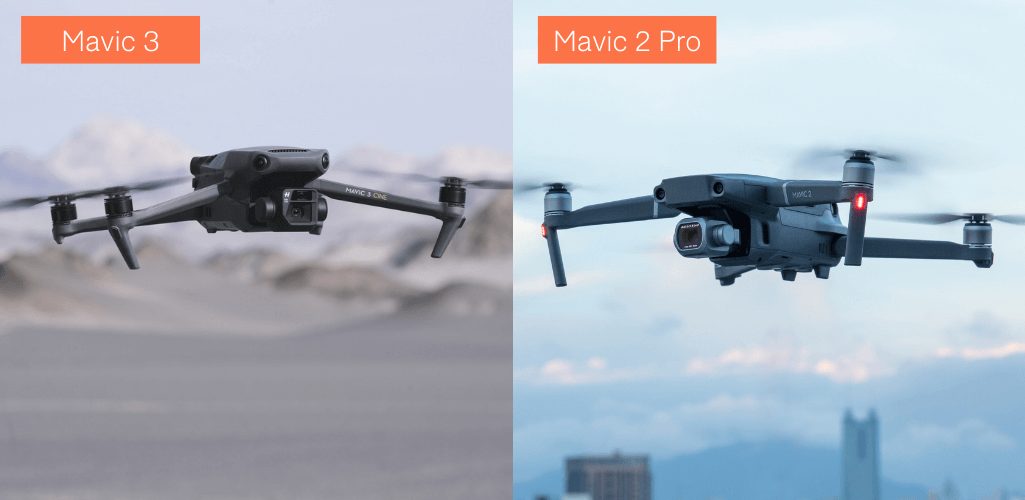
Mavic 3 Camera Sensors
Firstly, the Mavic 3 is a dual-sensor system, comprising a prime lens and a tele lens. The sensors are engineered by Swedish camera-maker, Hasselblad. It features a professional-grade 4/3 CMOS sensor with a 24mm prime lens. The prime lens gives the Mavic 3 an 84° FOV (can be increased up to 108° with a wide-lens accessory) to capture more details.
The second camera has a 162mm tele lens with 28x Hybrid Zoom (digital + optical), 12MP resolution and aperture of f/4.4 that is suitable for capturing distant objects.
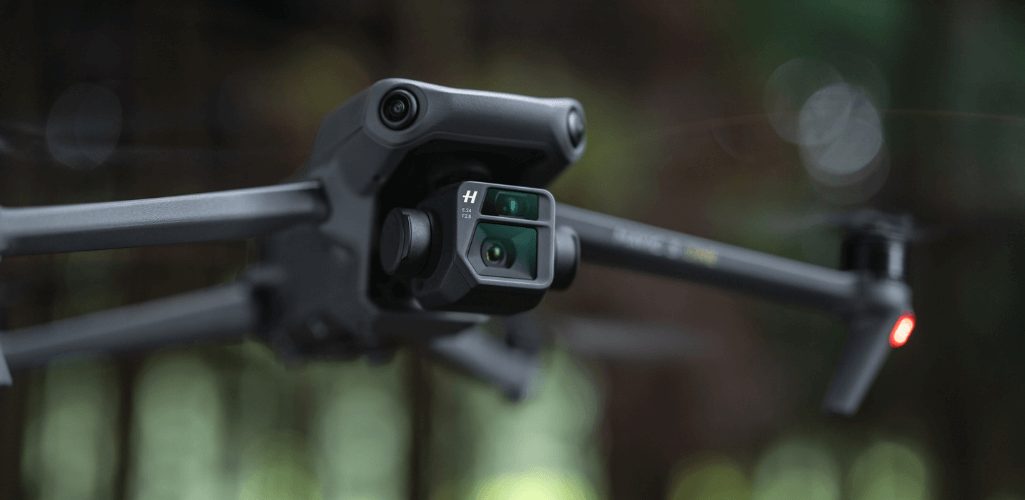
Mavic 3 Photography And Videography
It can shoot 20MP imagery in 12-bit RAW format. Regarding videography, the Mavic 3 can capture epic footage at 5.1K/50fps and slow motion videos at 4K/120fps. It also has a great max video bitrate of 200Mbps for H.264 and 140Mbps in H.265.
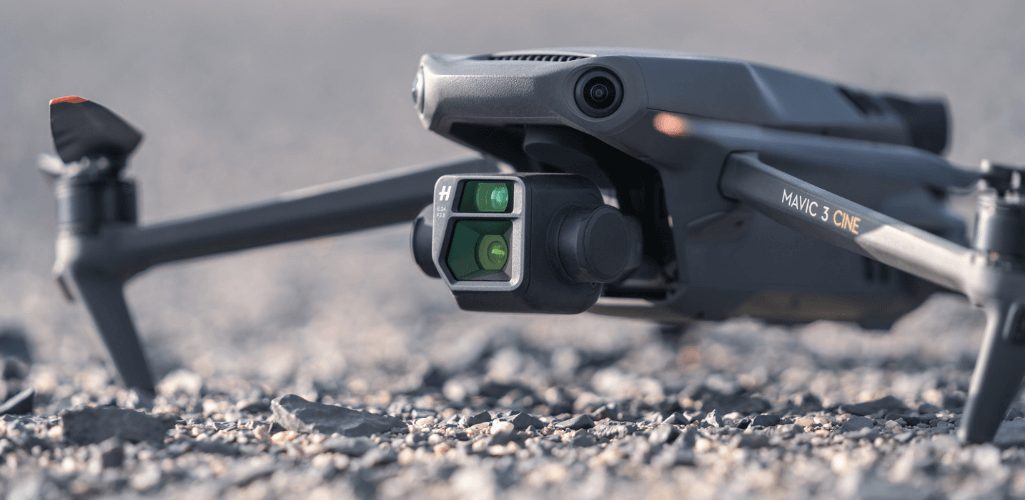
Remember also that the Cine Premium Combo model offers Apple ProRes 422 HQ encoding for richer video processing: Something that is not available on the Mavic 2.
Meanwhile, the Mavic 3’s larger image sensor gives it higher video resolution and dynamic range in low-light environments, while a native dynamic range of 12.8 stops helps retain more details in highlights and shadows, preserving rich visual information.
Mavic 3 Photography And Videography
It can shoot 20MP imagery in 12-bit RAW format. Regarding videography, the Mavic 3 can capture epic footage at 5.1K/50fps and slow motion videos at 4K/120fps. It also has a great max video bitrate of 200Mbps for H.264 and 140Mbps in H.265.
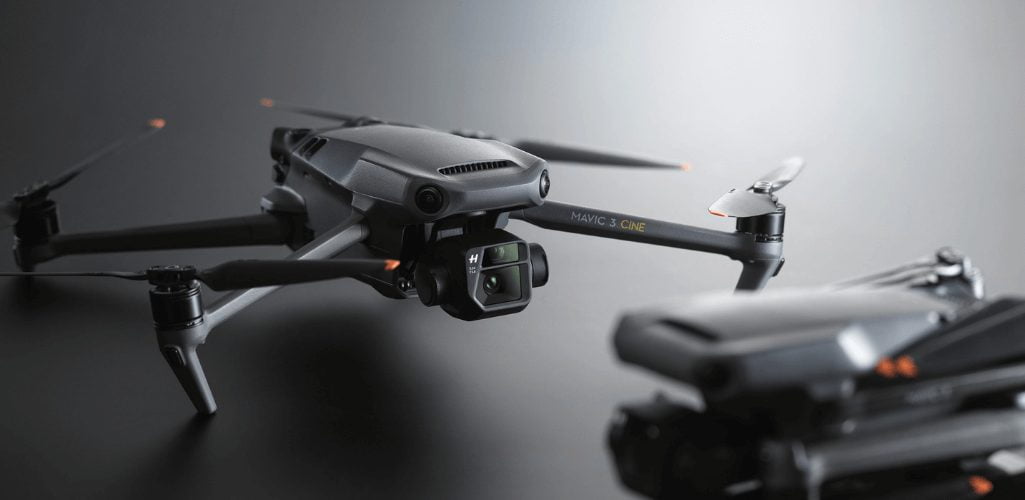
AirSense And Return To Home
Mavic 3 also features DJI’s innovative AirSense technology, which utilises an ADS-B receiver to alert pilots to nearby manned aviation.
The Mavic 3 features the most up-to-date version of Return to Home (RTH). Now known as Advanced RTH, enables the Mavic 3 to automatically determine the shortest, safest, and energy-efficient route to its home point, while considering factors like wind speed.
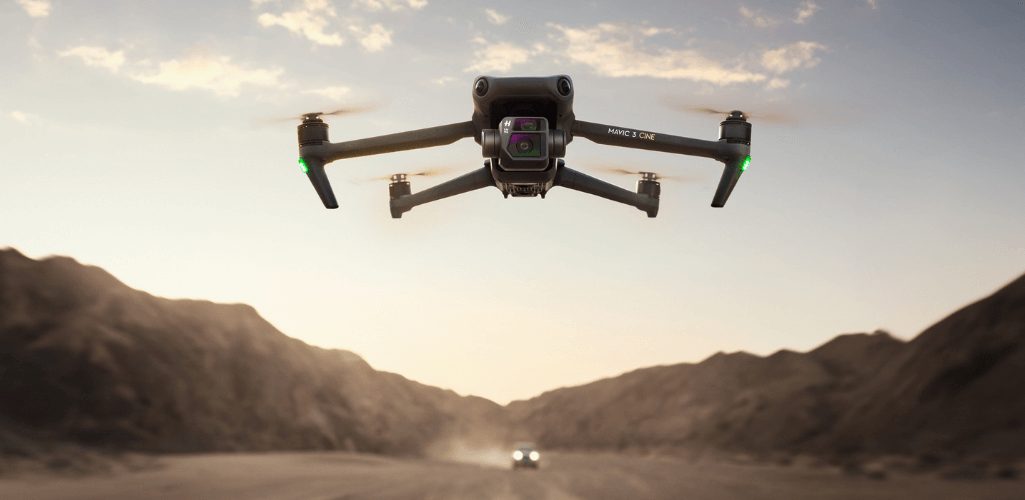
Mavic 3 Transmission Distance
This enables the Mavic 3 to fly further and transmit signals with higher stability and less video lag for an ever smoother, stable and clear video transmission.
Mavic 3 is DJI’s first drone that offers a High Frame-Rate Transmission
with a 1080p/60fps live feed. This means the camera view is displayed at a resolution close to what the camera actually records.
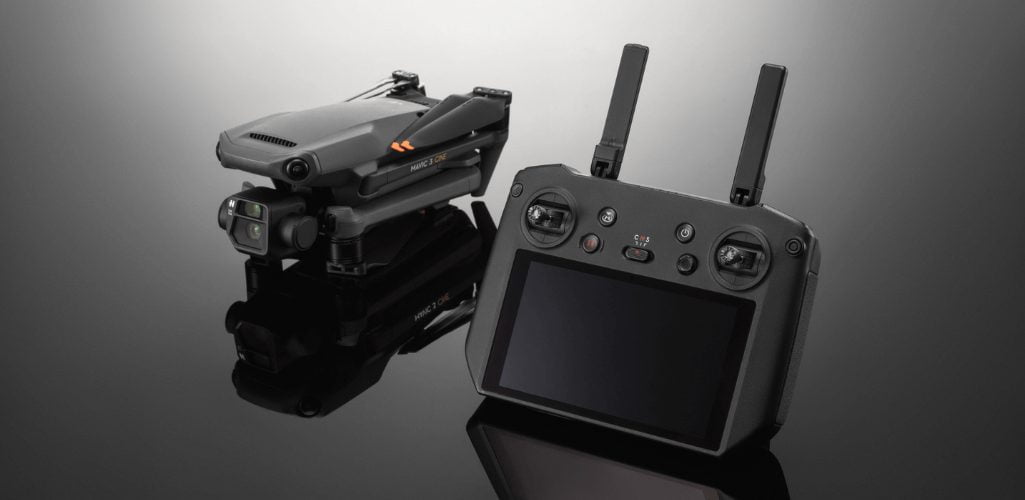
Mavic 3 Remote Controller
Speaking of remote controllers, the Mavic 3 has a new generation of smart controller, namely the DJI RC Pro.
This DJI Remote Controller Pro comes with the Mavic 3 Cine Premium Combo, and will be available as an individual accessory. As an aside, the Mavic 3 standalone and Fly More Combos come with the RC-N1 Remote Controller.
But let’s focus on the DJI RC Pro for now, as that’s the stellar addition to the Mavic 3 range.
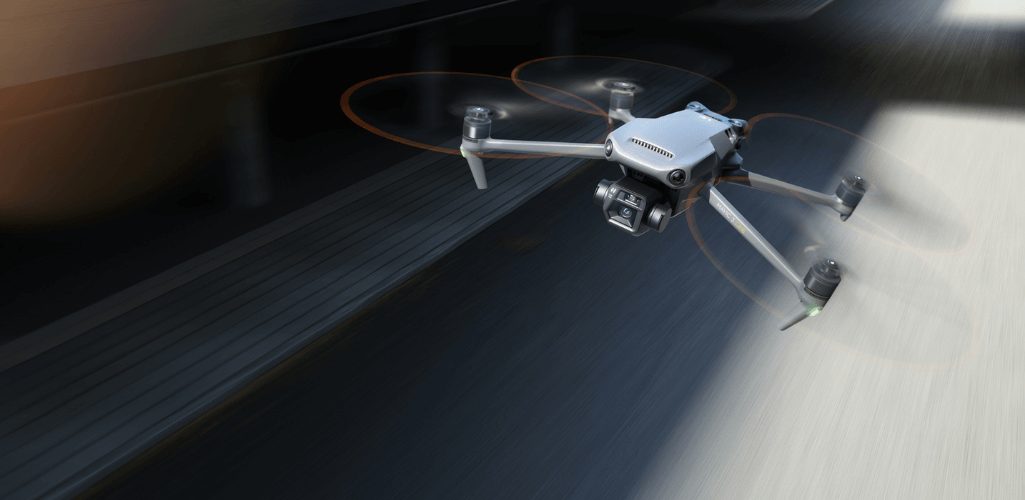
Just like the original Smart Controller became synonymous with the Mavic 2 Series, this rebooted version is sure to become a hit with Mavic 3 pilots.
So what’s the difference between the original and new RC?
The RC Pro comes with enhanced antenna power for an extended transmission distance and has a mightily impressive 3 hours of run time, and can be charged in 90 minutes.
This trumps the original Smart Controller, which has a reduced transmission distance and can operate for the slightly shorter duration of 2.5 hours.
Both versions of the smart controller come with high-bright screens to ensure optimum performance in daylight conditions.

